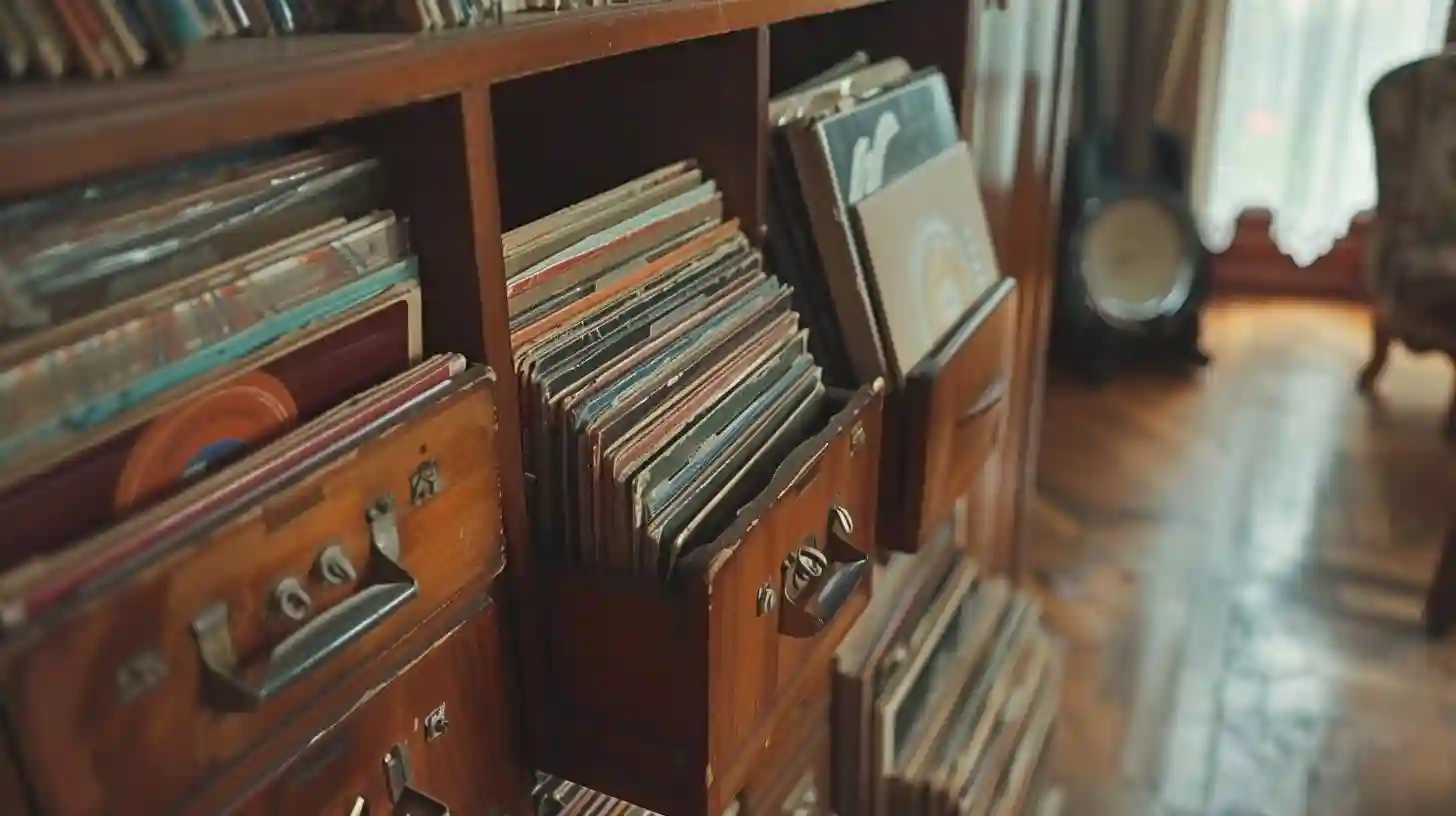
A phonograph, also known as a record player, turntable or gramophone, is a device used to play sound recordings in the form of vinyl records. It was invented in the late 19th century and quickly became a popular means of listening to music and other audio recordings. The principle of operation of the phonograph is based on a relatively simple but ingenious mechanism that allows you to reproduce sound from a grooved disk.
The main components of a phonograph include a record player, a tonearm, a cartridge, a stylus, and an amplifier. A turntable is a round, flat platform on which a vinyl record is placed. It rotates at a constant speed, usually 33⅓, 45 or 78 rpm, which allows the stylus to track the grooves on the record and produce sound.
The tonearm is a long, thin arm that protrudes from the base of the phonograph and supports the cartridge and stylus. The cartridge is a small device containing a coil and magnet that converts the mechanical vibrations of the needle into electrical signals. A stylus, also known as a stylus, is a small, sharp needle attached to the tip of the cartridge. It is responsible for tracking the grooves on the record and picking up the vibrations that represent the audio signal.
When a record is placed on the turntable and the phonograph is turned on, the stylus drops onto the surface of the record. As the record rotates, the grooves cause the stylus to vibrate back and forth, following the contours of the grooves. These vibrations are then converted into electrical signals by the cartridge and sent through the tonearm to the amplifier.
An amplifier then amplifies these electrical signals to a level that can be heard through speakers or headphones. The audio signal is then converted back into sound waves, which are emitted through the speakers, allowing the listener to hear the recorded music or other audio content.
The quality of sound produced by a phonograph depends on a number of factors, including the condition of the record, the quality of the cartridge and stylus, and the overall design of the phonograph. Generally speaking, vinyl records are capable of producing high-quality sound with good dynamic range and tonal accuracy.
One of the important points when using a phonograph is the maintenance and care of the equipment. It is recommended to clean the stylus regularly to prevent dust and debris from affecting the sound quality. In addition, storing records properly and handling them with care will help prolong their life and ensure the best possible sound reproduction.
The principle of operation of the phonograph is based on a simple but effective mechanism that allows you to reproduce sound from vinyl records. By tracing the grooves of a record with a stylus, converting mechanical vibrations into electrical signals, and amplifying these signals through an amplifier, the phonograph is capable of producing high-quality sound that brings pleasure to the listener. Although new forms of audio technology have emerged in recent years, the timeless appeal of the phonograph continues to captivate music lovers around the world.